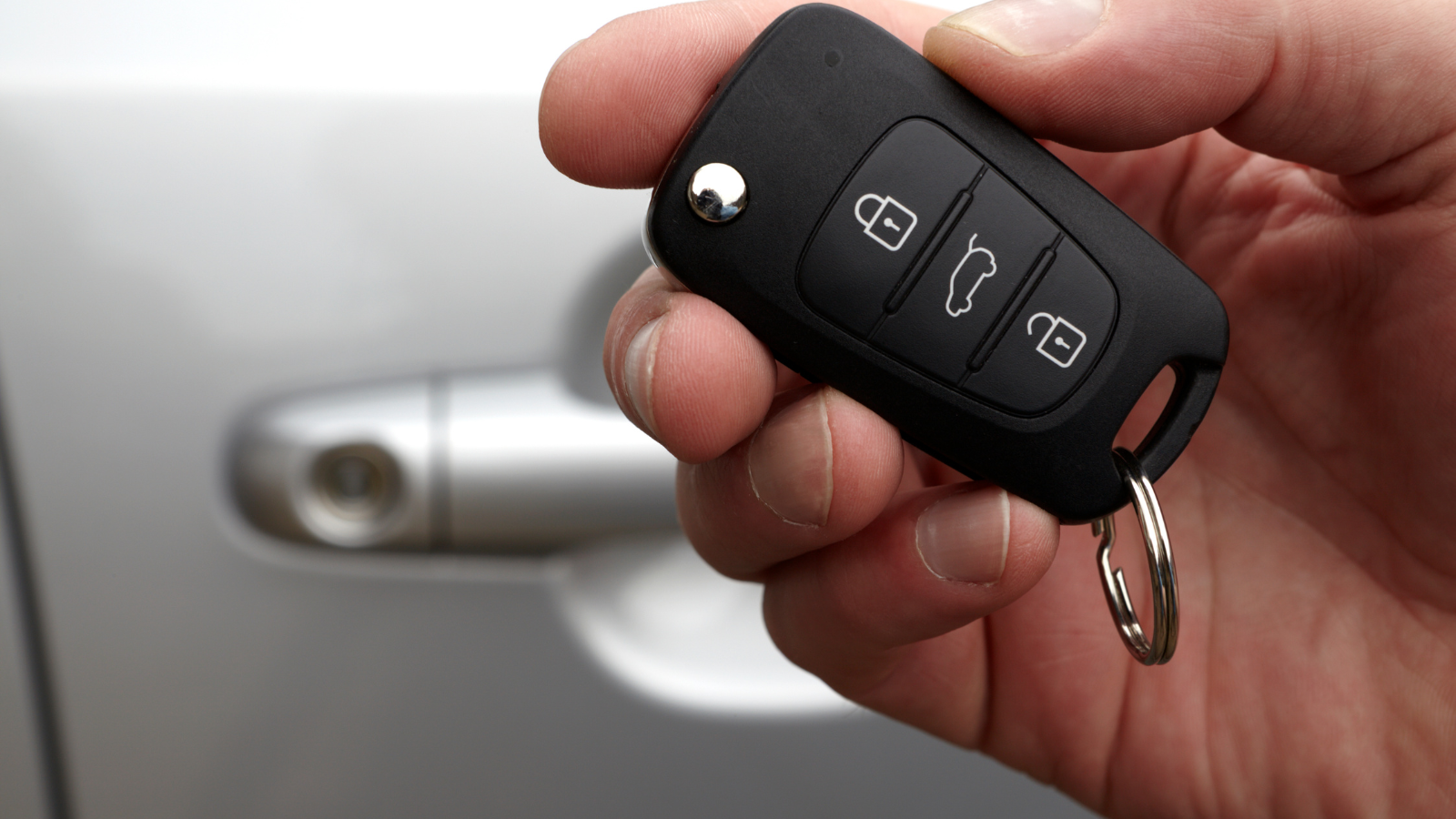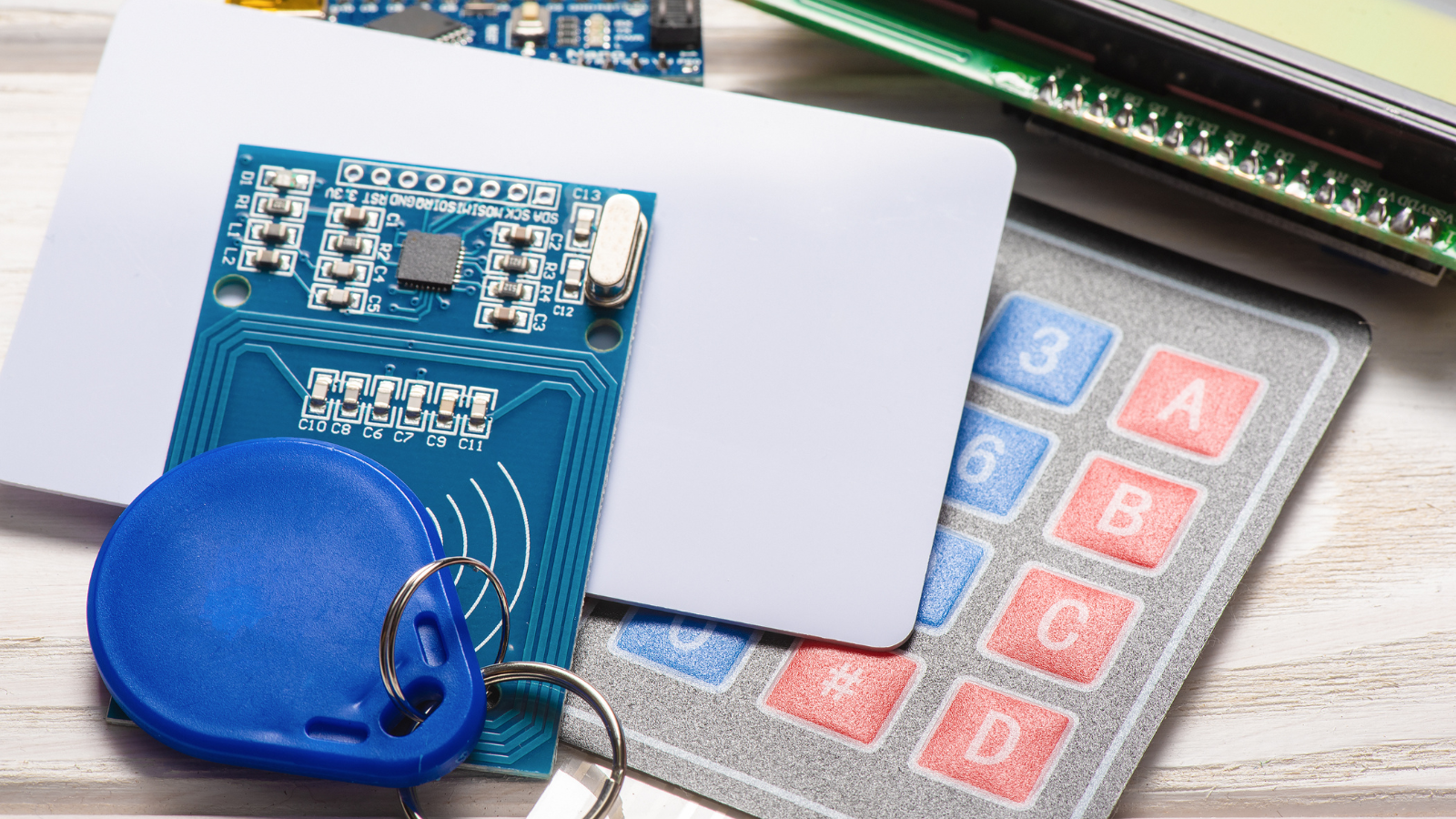[ez-toc]
In the modern world, security is a paramount concern, and transponder key programming is at the forefront of technological advancements in this field. It’s a niche topic, yet one that’s increasingly relevant to anyone with a modern car or high-security lock system.
This article will delve into the intriguing world of transponder key programming. It’ll explore the basics, the intricate process, and why it’s an essential feature for modern security. Buckle up for an enlightening journey into this tech-savvy security solution.
Transponder Key Programming
Expanding on the topic of transponder key programming, we delve into understanding what a transponder key is and the basics of its programming.
What is a Transponder Key?
A transponder key is a device implemented in many modern cars, providing heightened security. It’s a key with a small chip inside, emitting a unique signal recognized by the car’s onboard computer.
Basics of Key Transponder Programming
Transponder key programming involves setting a car’s computer to recognise the signal from a certain key’s chip. If the signals match, the car unlocks, ensuring a layer of theft protection.
 The Importance of Transponder Key Programming
The Importance of Transponder Key Programming
Creating a Secure Environment
Transponder keys furnish a secure environment. These keys, embedded with unique chips broadcasting signals to a vehicle’s computer, deter theft by authenticating the correct key owner.
Loss of Key and Reprogramming
In the event of key loss, it’s critical to reprogram the car’s computer. Reprogramming ensures the lost key’s signal doesn’t unlock the car, thus safeguarding against potential thefts.
Steps to Transponder Key Programming
Initial Preparation
Transponder key programming serves key beneficiaries when adequately prepared. Preparation often entails purchasing the right blank transponder key, consulting the car’s manual, and acquiring a precision tool for key cutting. Proper organization sets the stage for a successful key programming sequence.
Programming Procedure
Proceeding to the programming phase, key owners initiate the process by inserting the new transponder key in the ignition. Rapidly rotating it from ‘off’ to ‘on’ multiple times triggers the car’s computer to enter programming mode. Following this, they finalize by testing the newly programmed key, ensuring optimal functionality.
 Common Mistakes in Transponder Key Programming
Common Mistakes in Transponder Key Programming
During transponder key programming, it’s normal for individuals to encounter stumbling blocks. Diving into the complex world of key chips and vehicle computers without appropriate knowledge can result in common errors. Incorrectly purchased blank keys, for instance, are a frequent issue as the car’s chip may not recognize the incompatible key. Furthermore, neglecting the car’s manual during programming can lead to missed steps in programming mode, leading to a non-functioning key. Lastly, inadequate testing of the newly programmed key can result in unforeseen lockouts. Therefore, an understanding of these common missteps improves efficiency in transponder key programming, maintaining the continued security of vehicle systems.
Maintenance Tips for Transponder Keys
Assuming the context of prior, maintaining transponder keys aligns well with preserving vehicle security. Thing one, cleaning the keys regularly, ensures the chip’s longevity, as dirt or moisture can interfere with signal transmission. For example, using a soft cloth to gently wipe the key enhances the signal strength. Secondly, avoiding extreme temperatures protects the embedded chip from damage. For instance, always stash the key in moderate climate, ensuring its optimal performance. Thirdly, keeping the car key separate from other keys might prevent scratches or damage to the transponder chip. For instance, storing it in a distinct keychain assures chip safety. Additionally, routinely checking battery life assists in confirming consistent functionality. For example, timely battery replacements keep the transponder keys working in tip-top shape.
 Unique key in Security
Unique key in Security
Transponder key programming is a vital component of contemporary vehicle security. It’s not just about having a key; it’s about the unique signal it emits, recognized only by your car’s computer. Losing a key isn’t the end; reprogramming is a feasible solution. Programming these keys requires precision and knowledge, making professional services invaluable. Mistakes can be costly, but they’re avoidable with expert help. Maintenance of these keys is equally important – clean them regularly, avoid exposing them to extreme temperatures, and keep them separate from other keys. Regular battery checks are crucial, and your car manual should be your go-to guide for upkeep.